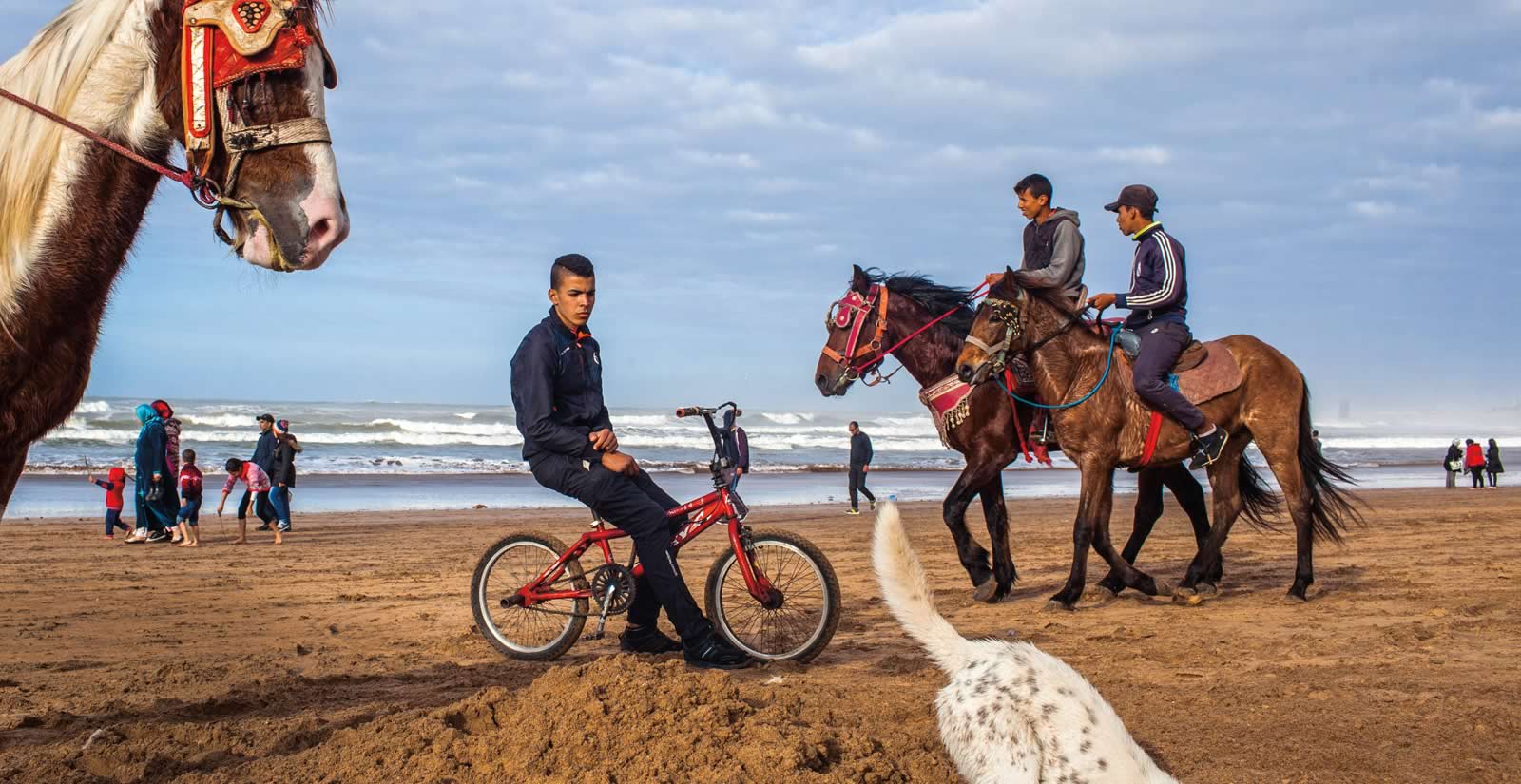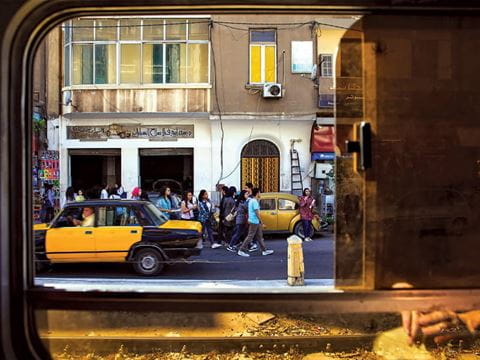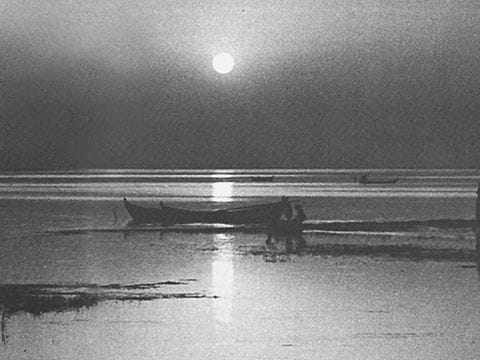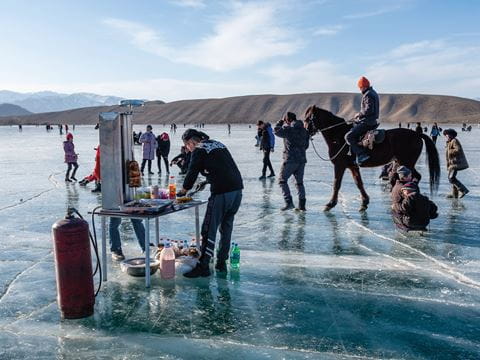
FirstLook: Casablanca Not the Movie
I love walking the beach in Casablanca. Earlier this year I saw a dog digging a hole into the sand. The scene grabbed my attention, and I began to take a couple of pictures. When a boy rode up on a horse behind me to watch what was happening, I quickly took three steps back, placing the horse in the left of the frame, and made this photograph.
I love walking the beach in Casablanca. Earlier this year I saw a dog digging a hole into the sand. The scene grabbed my attention, and I began to take a couple of pictures. When a boy rode up on a horse behind me to watch what was happening, I quickly took three steps back, placing the horse in the left of the frame, and made this photograph. To me this photo represents Casablanca—chaotic yet organized at the same time. It is part of my series “Casablanca Not the Movie,” which I began in 2014 as a love letter to the city that has inspired me the most. The group of images show a truthful representation of Casablanca that you won’t get from Hollywood: one of diverse cultures, people, traditions and urban development.
—”Yoriyas” Yassine Alaoui Ismaili
www.yoriyas.com
@yoriyas
You may also be interested in...

How to Discover Egypt From the Inside Out
Arts
Rather than just telling travelers where to go, the guidebook Egypt: Inside Out by Trevor Naylor offers an inside-out perspective that evokes the experience of being there, inviting readers to embrace an almost meditative travel discipline of slowing down to take in the details and complexities of Egypt, moment by moment.
Discovering Life and Architecture in Iraqi Marshes
History
Arts
Amidst "the stillness of a world that never knew an engine... he found at last a life he longed to know and share.
Spotlight on Photography: Finding Frozen Fun in Kyrgyzstan
Arts
Culture
In the winter of 2020, Lake Ara-Köl in Kyrgyzstan was becoming more and more popular.